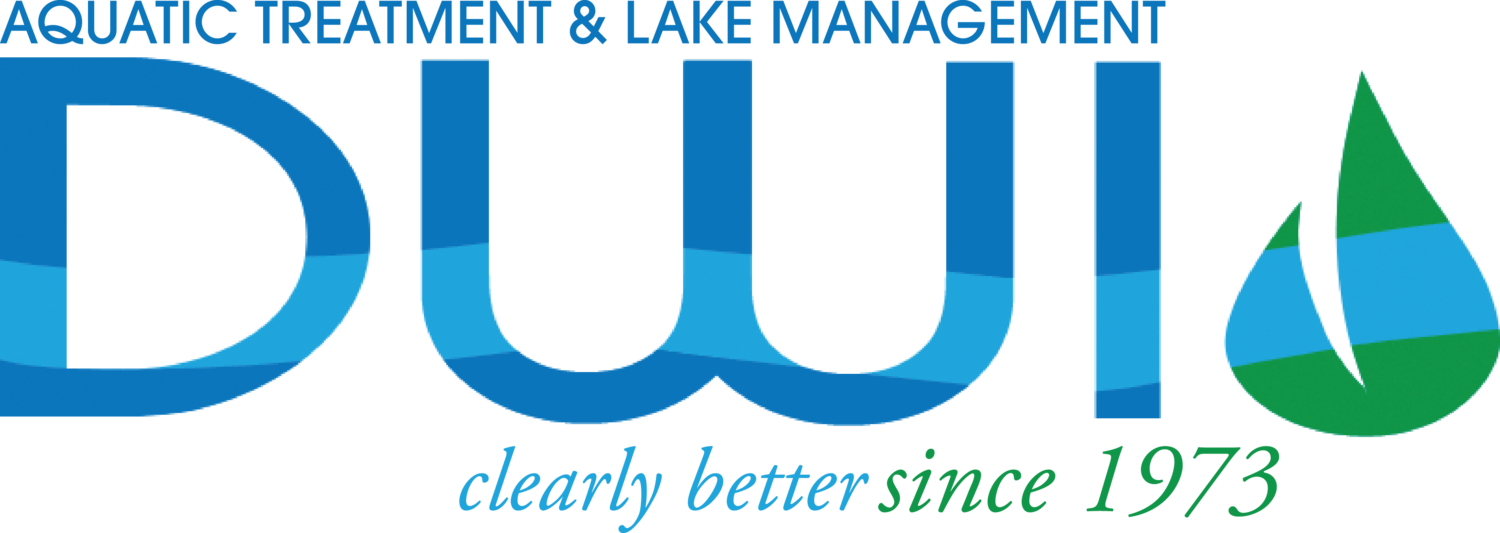By Patrick Simmsgeiger, Founder of DWI
Proactive Lake Maintenance
You may think you want a lake maintenance company to fix problems when they arise, sounds about right; however, that is considered reactive maintenance and while it will solve apparent problems, this type of maintenance will not prevent time consuming and potentially expensive situations from erupting.
Lakes, streams, and ponds are complex water features. For the best results, they require proactive maintenance: a preventative approach to maintenance to works in conjunction with the exiting ecosystem in order to prevent overbearing and costly situations from developing.
Lake maintenance companies with a reactive approach hire personnel who can simply and only react. A company with a proactive approach trains their personnel not only to solve problems but also to be forward thinking to prevent them. Proactive maintenance personnel understand the root of problems and are able to eliminate costly situations before they occur.
Much like gardeners or landscapers monitor plants in our shopping plazas, community centers, recreational parks, etc., proactive lake maintenance professionals monitor the growth of aquatic plants in our water features. Proactive maintenance professionals monitor and control aquatic plant growth gradually as it develops; otherwise, like land plants they will grow at their own will and out of control creating a need for timely and expensive reactive restoration.
To avoid expensive reactive restoration, a proactive professional treats problems even when they are not visible. For example, the origin of an overgrowth problem could be unseen accumulation of sludge occurring at the base of a water feature, a proactive professional will treat the sludge to prevent the more expensive situation of overgrowth. Further, proactive maintenance professionals remain aware of seasonal changes that may affect the body of water. For example, a proactive lake maintenance professional monitors aquatic plants while they are dormant, during winter months, to prevent unsightly overgrowth situations in summer months.
In addition to preventative precautions taken to maintain the actual body of water, proactive maintenance companies train their employees to understand the workings of all equipment in the underground Pump Vault: electrical panels, pumps, bloomers, fans and lighting systems. To prevent costly equipment malfunctions, a proactive professional will take the preventative measures to ensure all wiring and equipment in the Pump Vault is functioning safely and efficiently. For example, if a motor in the pump vault is hot the cause can be determined and the customer informed of the corrective action before the problem becomes increasingly costly. In such a situation, a proactive company may replace a $400 component, and save the cost of replacing a $7,000 pump!
The more you know about your lake maintenance company the more you will know about your lake – a proactive company will keep you informed about potential issues and provide you with preventative, cost-saving solutions. Proactive lake maintenance professionals take preventative measures to ensure that expensive, time consuming and stress causing problems do not become overbearing. Ask questions to make sure the company hired is not simply reactive. Any maintenance company can fix problems; you need a company that can also prevent them.



